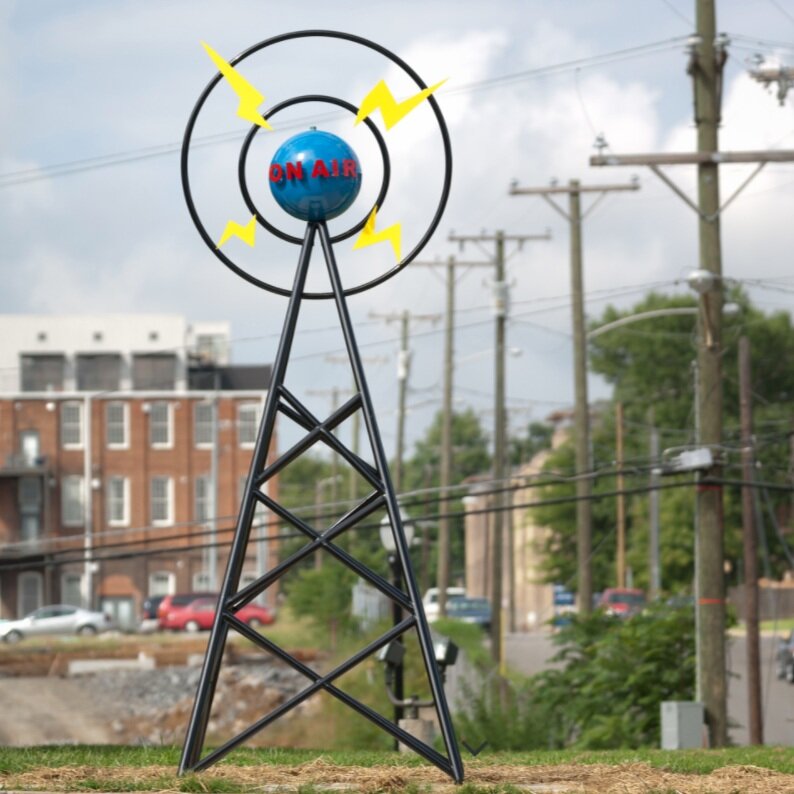Realizing Partnerships
How can you build successful partnerships between artists and municipalities or community development organizations?
What are the different strengths each partner brings to the table?
How can differences in working styles become strengths in the relationship?
Partnering with Creative Generation, Arts Place America seeks to answer the question: what impact do creative youth have on communities? Through nine case studies, three findings are articulated. This report is meant to show the power of young persons in generating social change, the responsibility adults have in fostering that power, and the potential in empowering young people.
A 116-page resource guide serves as a way for artists who would like to start or enhance their work within communities. The resource is broken into five sections: Artist Groundwork, Community Groundwork, Project Formation, Project Implementation, and Group Participation Tools.
This case study highlights how stakeholders used creative placemaking techniques to turn an unused rail corridor into an active, safe, and inclusive space for local residents. The purpose is to show how creative placemaking techniques can be used to extend into diverse communities and enhance public safety and quality of life.
Through four case studies, this report analyzes how creative placemaking can affect community safety in concrete and abstract ways.
This report examines the financial support and attendant supporting factors needed by artists to succeed. The report explores six identified themes seen as important in fostering artists and, by extension, investing in creativity.
This handbook guide created by Community Partnership for Arts and Culture (CPAC) provides commentary about the unique position arts, creative placemaking, and community development have in rust belt cities. CPAC shares in this handbook 15 themes and practices they developed when working with artists in community development..
From her perspective as senior advisor to The Kresge Foundation’s Arts & Culture Programs since 2012, Rosario Jackson provides observations and suggestions on creative placemaking for practitioners, leaders, and funders. Her recommendations include developing a greater understanding about how inequality and meaningful change to address it occur, and including art and culture in their widest definitions as a critical component of meaningful community development rather than as an afterthought. She charges practitioners to be nimble and flexible in developing cross-sectoral relationships and partnerships, and to better communicate successful outcomes from creative placemaking work. On that topic, she advocates for unorthodox research and evaluation methods.
This resource explores some of the ways that artists can be embedded within local government structures and processes through case studies of municipal artists.
This online resource is a great guide to the “nuts and bolts” of creating and sustaining partnerships between artists and local government.
This toolkit is a practical guide for non-profits, businesses, or municipalities to create formal partnerships with artists. Springboard for the Arts recognizes the importance of cross-sector collaborations and reciprocal relationships with artists in this guide.
This guide provides strategies for partnerships between artists and business districts to address a wide variety of goals. It outlines the typical steps in creative placemaking project planning and implementation but geared specifically to potential ROIs for business districts.
This resource answers the question “How does creative placemaking make for better parks?” through interviews and real-world examples. It provides a loose framework for planning and implementing these types of projects.
This report outlines how two movements – equitable development and community-centered arts and culture – are working to strengthen each other. It is a survey of both fields through interviews, case studies, and policy studies, going sector by sector, and focuses on the policies and funding opportunities that can help expand both fields.
This report outlines the lessons learned from two case studies in St. Paul: Frogtown Green and Urban Flower Field. It goes through a lot of the nuts and bolts of creative placemaking projects in vacant spaces.
This report identifies seven ways that creative placemaking contributes to equitable transportation development: generating creative solutions for entrenched transportation problems, making streets safer for all users, organizing transportation advocates, engaging multiple stakeholders for an inclusive process, fostering local ownership, alleviating the disruptive effects of construction, and healing wounds and divisions.
This field scan focuses on the intersection of creative placemaking and public health. It outlines the direct and indirect benefits that arts and culture can have on public health, which can be helpful for convincing municipal leaders to take on a similar project.

















